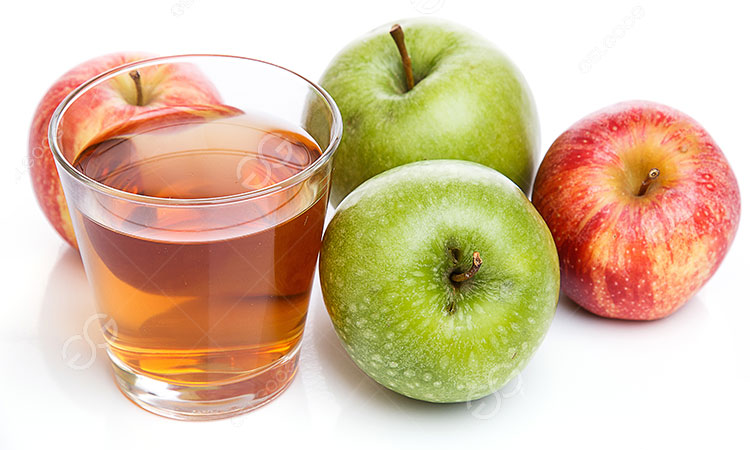Apple juice is a healthy drink that is rich in nutrients and tastes sweet, but how is apple juice processed?

How is apple juice processed?
In a modern apple juice processing plant, the production of apple juice usually goes through the following main steps:
- Sorting: Apples first enter the manual or automatic sorting area through a conveyor belt to remove rotten, damaged or unripe fruits, ensuring that the apples entering the next step of processing are healthy and high-quality.
- Washing: The selected apples will be sent to the washing equipment, where high-pressure water and soft brushes will be used to remove dirt, impurities and pesticide residues on the surface. This step is very critical and directly related to the hygiene and quality of apple juice.
- Crushing and Juicing: The selected apples are sent to the crusher for coarse crushing, and then to the juicer for pressing. This step separates the residue from the juice to obtain primary juice. In order to increase the juice yield, enzyme preparations are sometimes added to decompose pectin and improve the efficiency of juicing.
- Sterilization: After being filtered and clarified, the squeezed juice will enter the pasteurization equipment or high-temperature instantaneous sterilization equipment to eliminate possible bacteria and yeast to ensure the safety and shelf life of the beverage.
Production equipment: apple juice production line
The whole process mainly relies on the automated apple juice production line, which mainly includes the following equipment:
- Washing machine
- Picking and conveying system
- Apple crusher
- Juicer
- Enzyme hydrolysis and filtration equipment
- Sterilization equipment
Most modern production lines are fully automatic, which not only improves production efficiency, but also greatly reduces labor costs and health risks.
Production precautions
In the factory production process of apple juice, there are some key points that require special attention:
- Raw material quality control: The quality of raw materials directly affects the flavor and nutritional value of the final product. The source and freshness of apples should be strictly controlled.
- Hygiene management: The workshop environment, equipment cleaning and operator hygiene standards must meet food safety standards.
- Temperature control: Whether in sterilization or storage, temperature control is crucial to prevent juice deterioration or loss of nutrients.
- Antioxidation: During the crushing and juicing process, the contact between juice and air should be minimized. If necessary, antioxidants can be added or the operation can be carried out in a vacuum environment.
If you are interested in the specific equipment of the apple juice production line, you can also continue to learn more about the working principle and parameter configuration of each device.